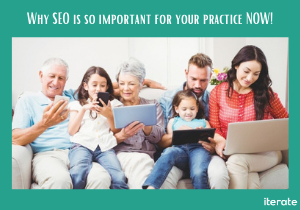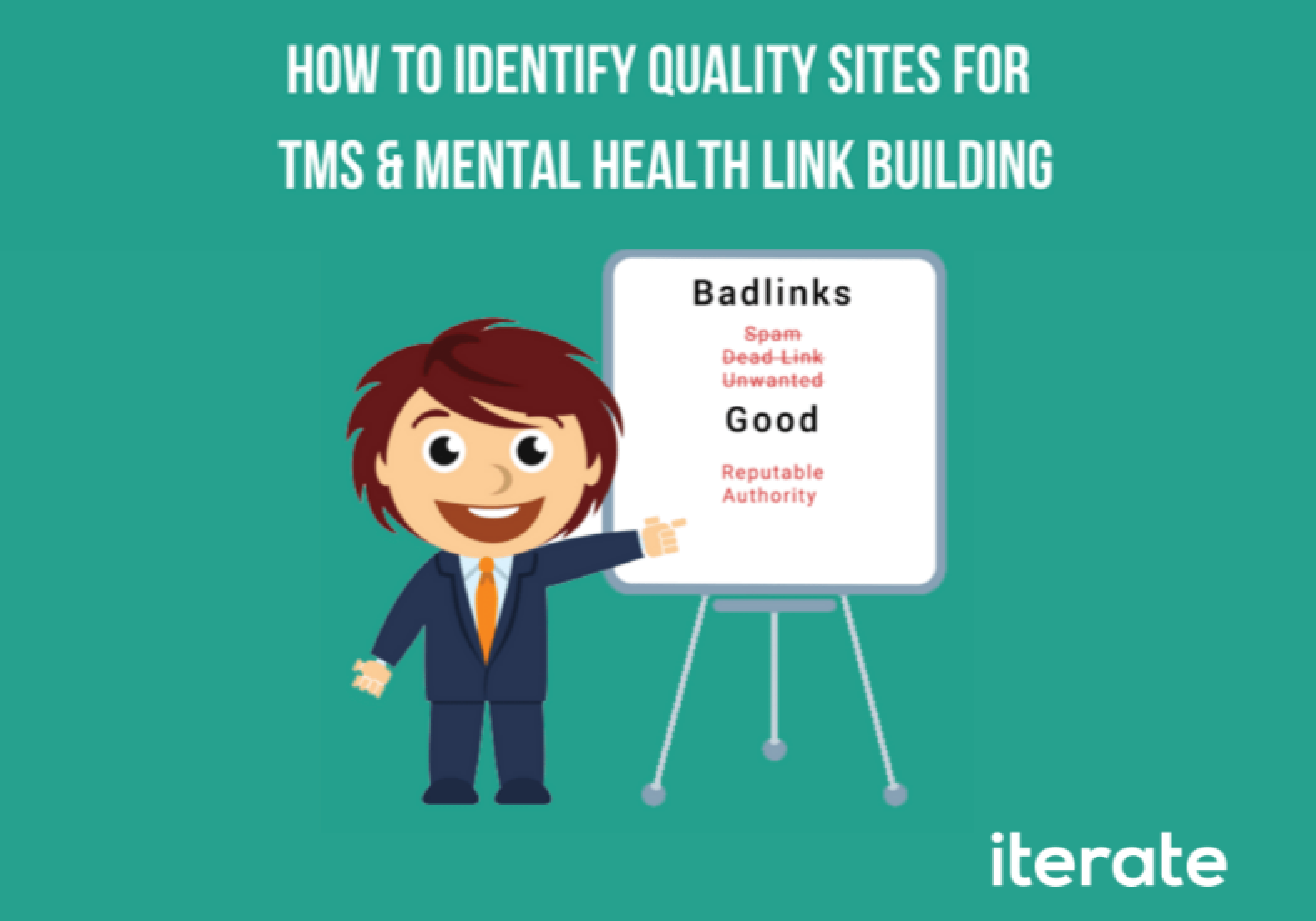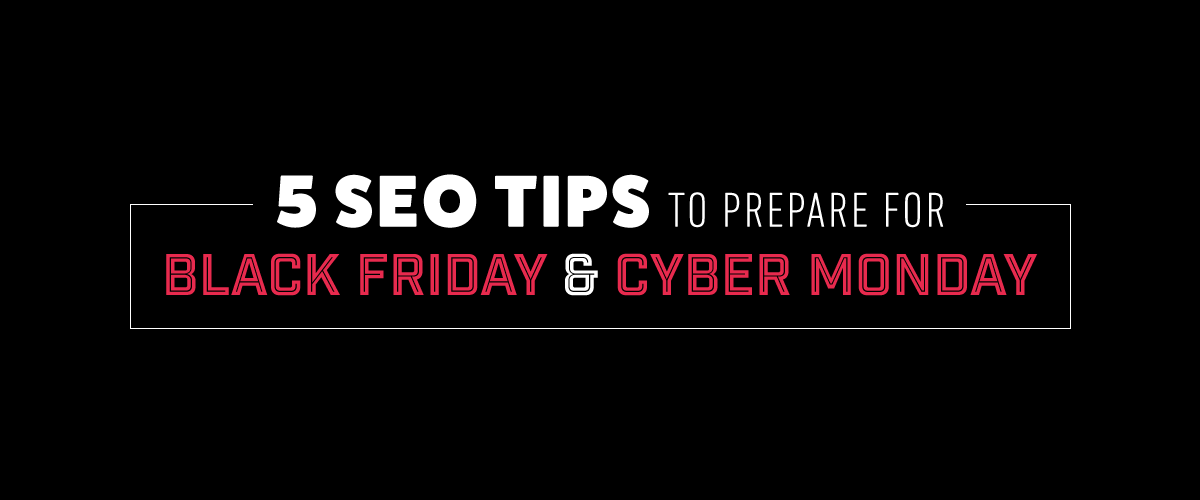What does Bounce Rate truly mean?
This seems like an easy question to answer, but Bounce Rate is high on the list of misused and poorly understood engagement metrics. A ‘Bounce’ seems bad; people are getting frustrated and leaving your site … But that’s not the whole story!
For those who don’t know what a bounce rate is, the definition is:
“The percentage of people who enter the site onto a page and then exit without going to a second page”
“Bad Bounce”
For example, let’s say SEO Steve is performing industry research for his new tourism client and he Googles “things to do in Portland, OR”. He browses the listings and sees one that says “top 10 activities to do in Portland” and he clicks on it. Unfortunately, this website belongs to a terrible webmaster who inserted multiple pop ups and his site was super slow. So SEO Steve clicks the back button and continues searching for someone with a better page.
In this example, SEO Steve ‘bounced’ … but more importantly this was an example of pogosticking (a term coined by Rand Fishkin). Pogosticking sounds so much like a bounce people use them synonymously but the difference is vitally important. A “Pogostick” is when somebody clicks on a result and bounces back to the search results immediately. That is the key difference. To Google, this behavior signals dissatisfaction with the search result they provided. Since providing good search results is Google’s primary aim, they have systems in place to detect this sort of behavior.
“Good Bounce”
So let’s go back to SEO Steve for another search. This time, he clicked on that first result and got a great list of some of the best attractions Portland has to offer. He saves the link, takes some notes, reads the whole article and then goes in search of some more attractions.
Is that a bounce? Yes.
But (more importantly for Google) – Did the user get a good answer to their question? YES!
The “Top 10 attractions in Portland” page from the above example might have a high bounce rate – but it’s also answering user’s questions and fulfilling their search for information. Therefore, this is a page that Google will want to keep showing.
Google’s main goal is to provide answers to user’s queries. The quicker and more efficiently they do so, the happier Googlers are. So if a user clicked on a result and stayed there for five minutes and then returned to the search results, it’s likely that that user found an answer on that page. If the user spends five minutes on a page, then goes on to search for something completely different or browse a different site, that’s a “Long Click,” an even better outcome for Google.
Bounce rate, in and of itself, provides an incomplete picture of user engagement. You will need to look at the time spent on the page as well because a page with a high bounce rate could actually be the perfect page for specific query.
Too often in the SEO world, we get a laser focus on a few metrics – bounce rate, traffic numbers, micro-conversions. While these are important metrics to monitor, it is equally important to step back and look at the larger picture of user satisfaction – like Google does.
Thanks for reading! Have questions? Leave a comment below or contact us!





